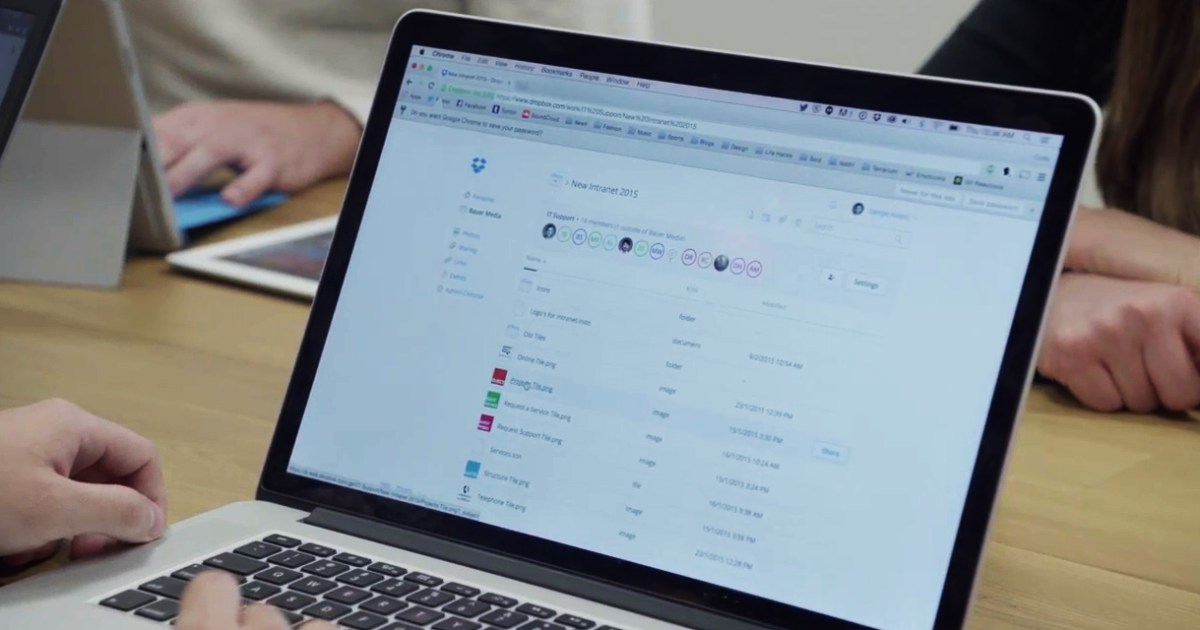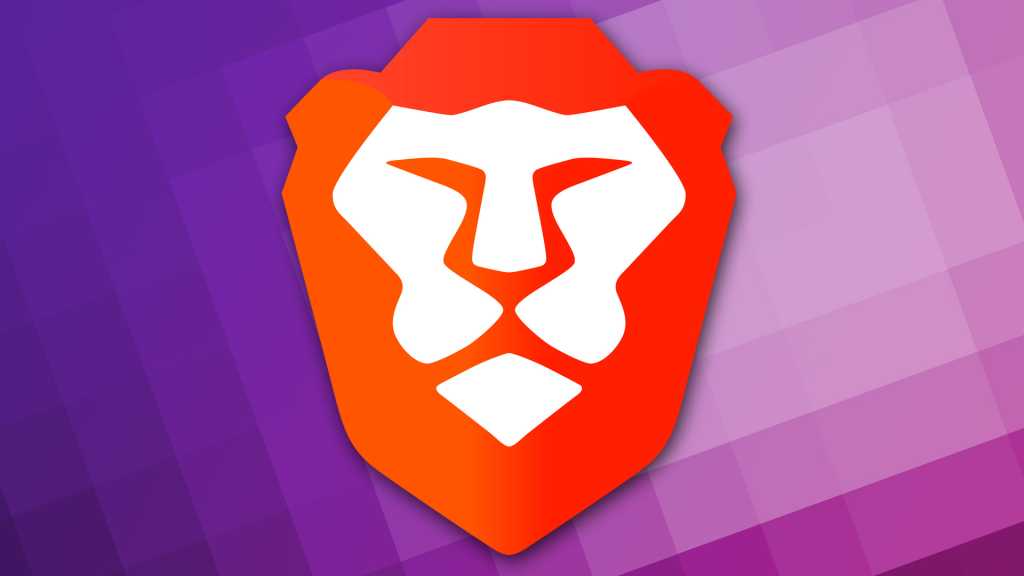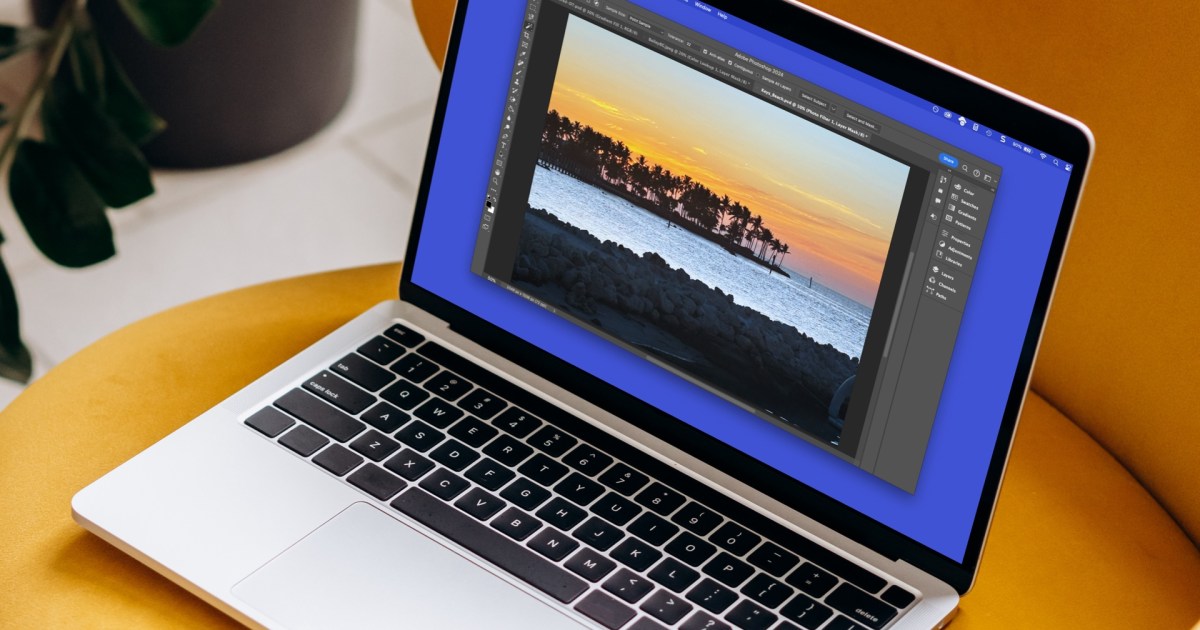Dropbox and OneDrive are leading cloud storage contenders, battling for dominance in a market brimming with options. While both offer similar functionalities, key differences cater to distinct user needs. This comparison explores their strengths and weaknesses, helping you decide which platform best suits your requirements in 2025.
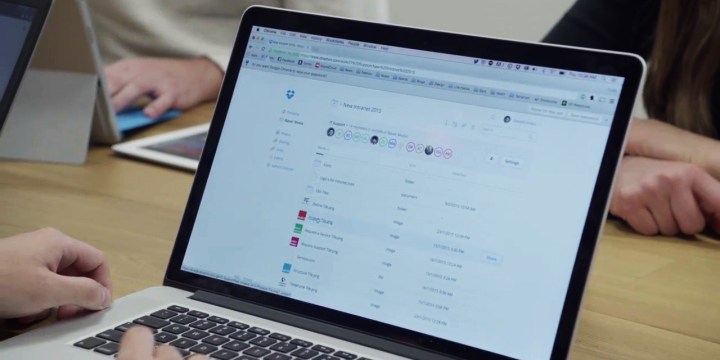 dropbox on a pc computer.
dropbox on a pc computer.
Dropbox excels with its integrations for creative professionals, seamlessly connecting with tools like Adobe Premiere Rush, WeVideo, and DaVinci Resolve. This makes it ideal for storing and collaborating on large media files. Conversely, OneDrive shines within the Microsoft ecosystem, integrating tightly with Microsoft 365 applications like Word, Excel, and PowerPoint. This offers a unified experience for users already invested in Microsoft’s suite. Both services provide free and paid tiers, accommodating diverse budgets and storage needs.
Storage Plans and Pricing: A Comparative Analysis
A core distinction lies in their approach to storage. Dropbox prioritizes storage capacity as its primary offering, supplementing it with additional features. OneDrive, however, integrates storage as part of the broader Microsoft 365 ecosystem, supporting its various applications.
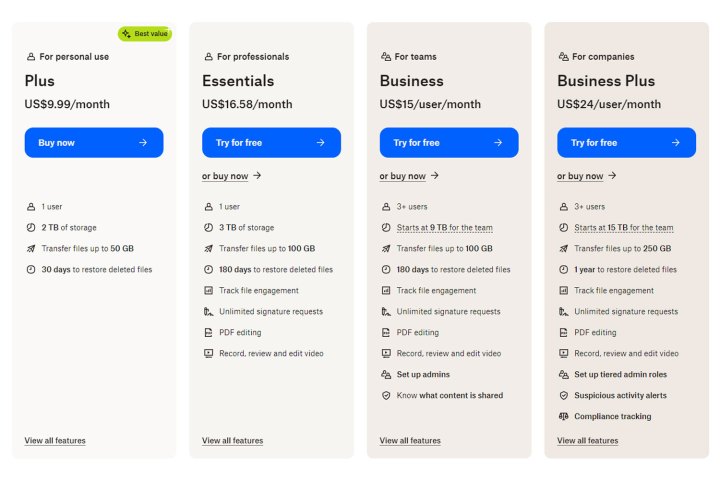 Dropbox pricing plans.
Dropbox pricing plans.
Dropbox’s paid plans begin with the Plus plan, offering 2TB for $10/month. The Essentials plan provides 3TB for professionals at $16.58/month. Business plans start at $15/month for 9TB (3+ users), while Business Plus offers 15TB for $24/month (3+ users). A free Basic plan provides 2GB. Enterprise solutions are also available.
OneDrive’s standalone plans start at $2/month for 100GB. Microsoft 365 Personal offers 1TB for $7/month, while the Family plan provides 6TB (1TB per user) for $10/month. Business plans begin at $5/month for 1TB, with Business Basic offering the same storage for up to 300 users at $6/month. Business Standard provides similar storage but with additional features for $12.50/month. A free Microsoft 365 plan offers 5GB. Enterprise options are also available.
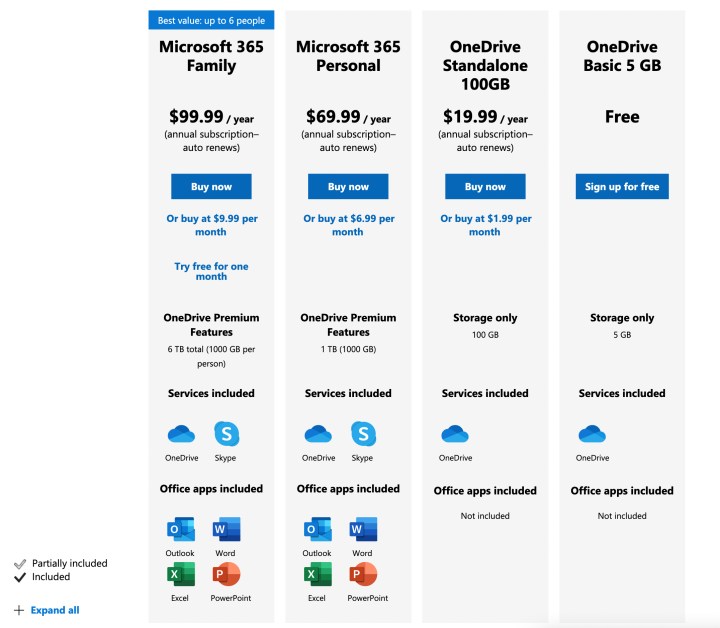 The prices of OneDrive on a list.
The prices of OneDrive on a list.
Dropbox initially offers more storage, while OneDrive provides increased value through integrated apps and services. OneDrive’s free 5GB and affordable 100GB plan are attractive entry points.
Feature Comparison: Similarities and Differences
Both services share core features: 256-bit AES encryption, two-factor authentication, block-level sync, file/folder access control, advanced sharing options, and personal vaults for enhanced security. However, their implementations and additional functionalities differ significantly.
Dropbox: Intuitive Interface and Third-Party Integration
Dropbox boasts an intuitive user interface and extensive third-party app integrations, enhancing its storage functionality. Partnerships with Adobe, HubSpot, Autodesk, and others offer a rich ecosystem, although some integrations require separate subscriptions. Free integration with Microsoft web apps and Google Workspace provides added flexibility. Dropbox also offers its own word processor and an App Center for easy access to integrations. Notable features include signature requests, PDF editing, a password manager, and Dropbox Replay for collaborative media review.
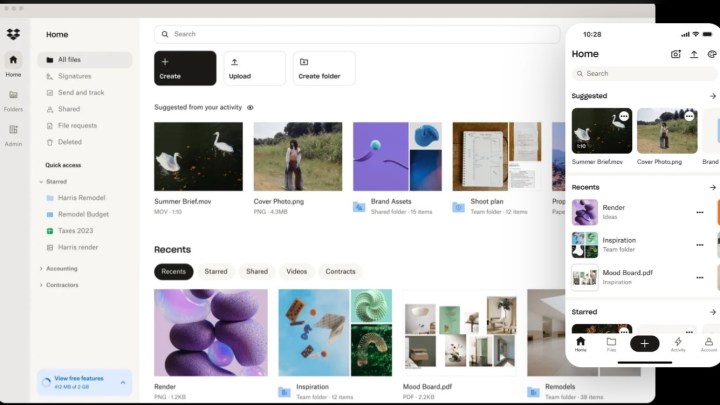 Dropbox interface.
Dropbox interface.
OneDrive: Microsoft Ecosystem Integration and Cost-Effectiveness
OneDrive’s strength lies in its seamless Microsoft 365 integration, though its user interface has been criticized. Business plans include an administrator console for managing Microsoft 365 apps, offering advanced features like ransomware detection. Key features include integrated Microsoft productivity apps, robust data protection, and optional Copilot Pro support.
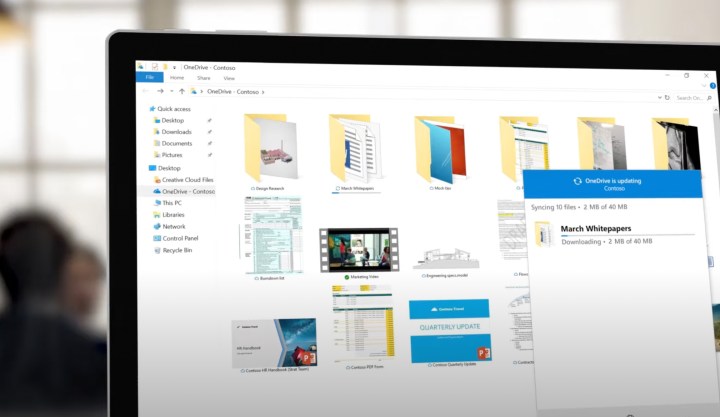 OneDrive running on a Windows PC.
OneDrive running on a Windows PC.
The Verdict: Choosing the Right Fit
Dropbox is ideal for creatives and those prioritizing seamless third-party integrations. Its intuitive interface and larger storage options are significant advantages. OneDrive is a compelling choice for users within the Microsoft ecosystem, offering cost-effectiveness and tight integration with existing tools. While OneDrive edges out in overall value due to its affordability and integration, Dropbox remains a strong contender for specific user needs. The best choice ultimately depends on your individual workflow and priorities.



